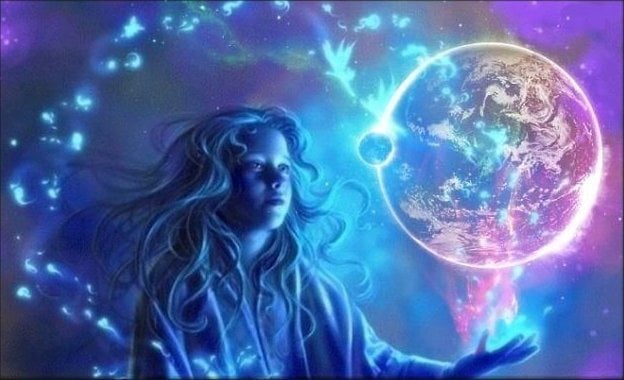
Dreams And The Mechanical Human!
On Sale
$0.00
Dreams And The Mechanical Human!
In Chinese history, people wrote of two vital aspects of the soul of which one is freed from the body during slumber to journey in a dream realm, while the other remained in the body, although this belief and dream interpretation had been questioned since early times, such as by the philosopher Wang Chong (27–97 AD). The Indian text Upanishads, written between 900 and 500 BC, emphasize two meanings of dreams.
The first says that dreams are merely expressions of inner desires. The second is the belief of the soul leaving the body and being guided until awakened. The Greeks shared their beliefs with the Egyptians on how to interpret good and bad dreams, and the idea of incubating dreams.
Morpheus, the Greek god of dreams, also sent warnings and prophecies to those who slept at shrines and temples. The earliest Greek beliefs about dreams were that their gods physically visited the dreamers, where they entered through a keyhole, exiting the same way after the divine message was given.
Antiphon wrote the first known Greek book on dreams in the 5th century BC. In that century, other cultures influenced Greeks to develop the belief that souls left the sleeping body. Hippocrates (469–399 BC) had a simple dream theory: during the day, the soul receives images; during the night, it produces images. Greek philosopher Aristotle (384–322 BC) believed dreams caused physiological activity. He thought dreams could analyze illness and predict diseases. Marcus Tullius Cicero, for his part, believed that all dreams are produced by thoughts and conversations a dreamer had during the preceding days.
Cicero's Somnium Scipionis described a lengthy dream vision, which in turn was commented on by Macrobius in his Commentarii in Somnium Scipionis. Herodotus in his The Histories, writes "The visions that occur to us in dreams are, more often than not, the things we have been concerned about during the day."
In Welsh history, The Dream of Rhonabwy is a Middle Welsh prose tale. Set during the reign of Madog ap Maredudd, prince of Powys (died 1160), it is dated to the late 12th or 13th century. It survives in only one manuscript, the Red Book of Hergest, and has been associated with the Mabinogion since its publication by Lady Charlotte Guest in the 19th century. The bulk of the narrative describes a dream vision experienced by its central character, Rhonabwy, a retainer of Madog, in which he visits the time of King Arthur.
Also in Welsh history, the tale 'The Dream of Macsen Wledig' is a romanticised story about the Roman emperor Magnus Maximus, called Macsen Wledig in Welsh. Born in Hispania, he became a legionary commander in Britain, assembled a Celtic army and assumed the title of Emperor of the Western Roman Empire in 383. He was defeated in battle in 385 and beheaded at the direction of the Eastern Roman emperor...
